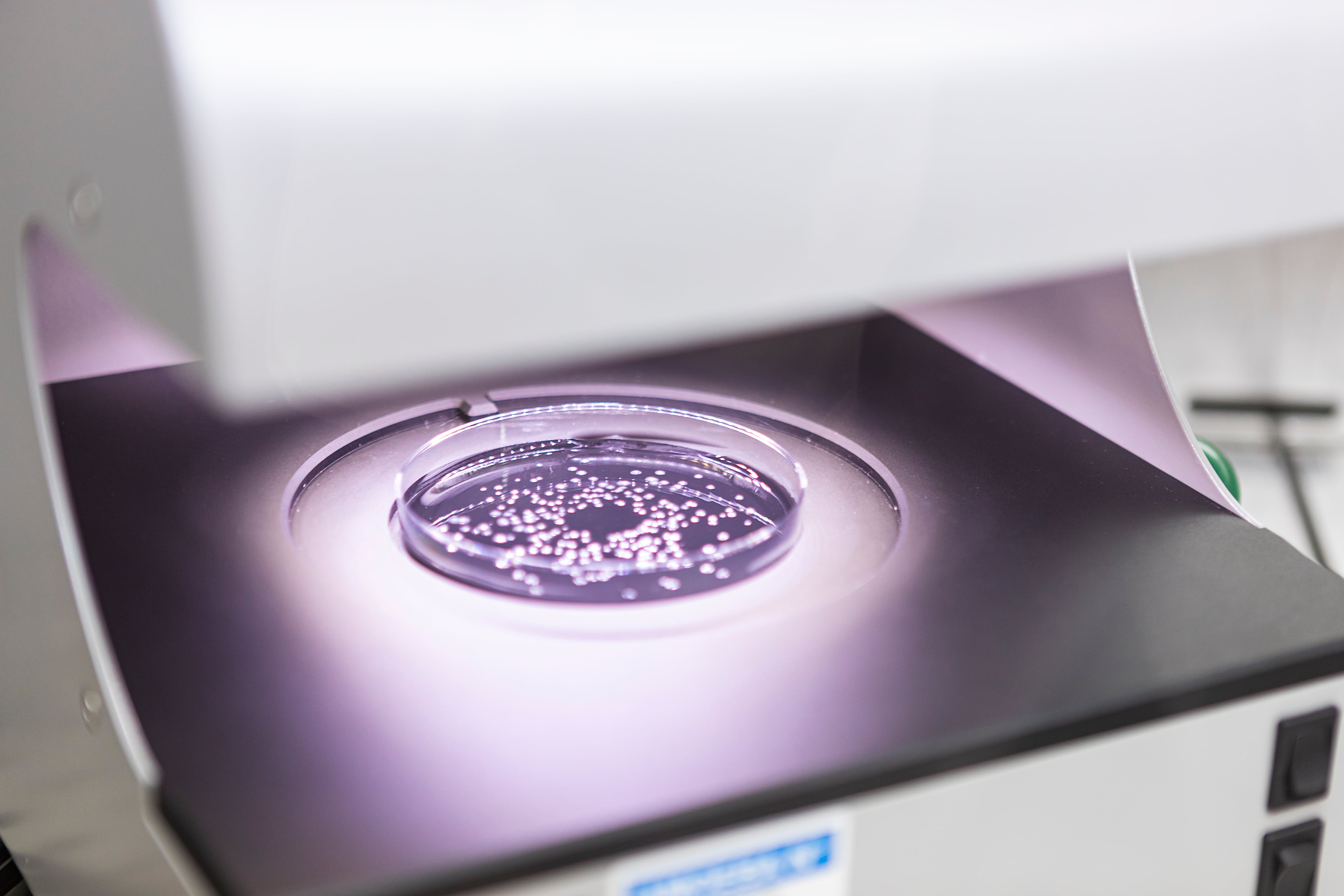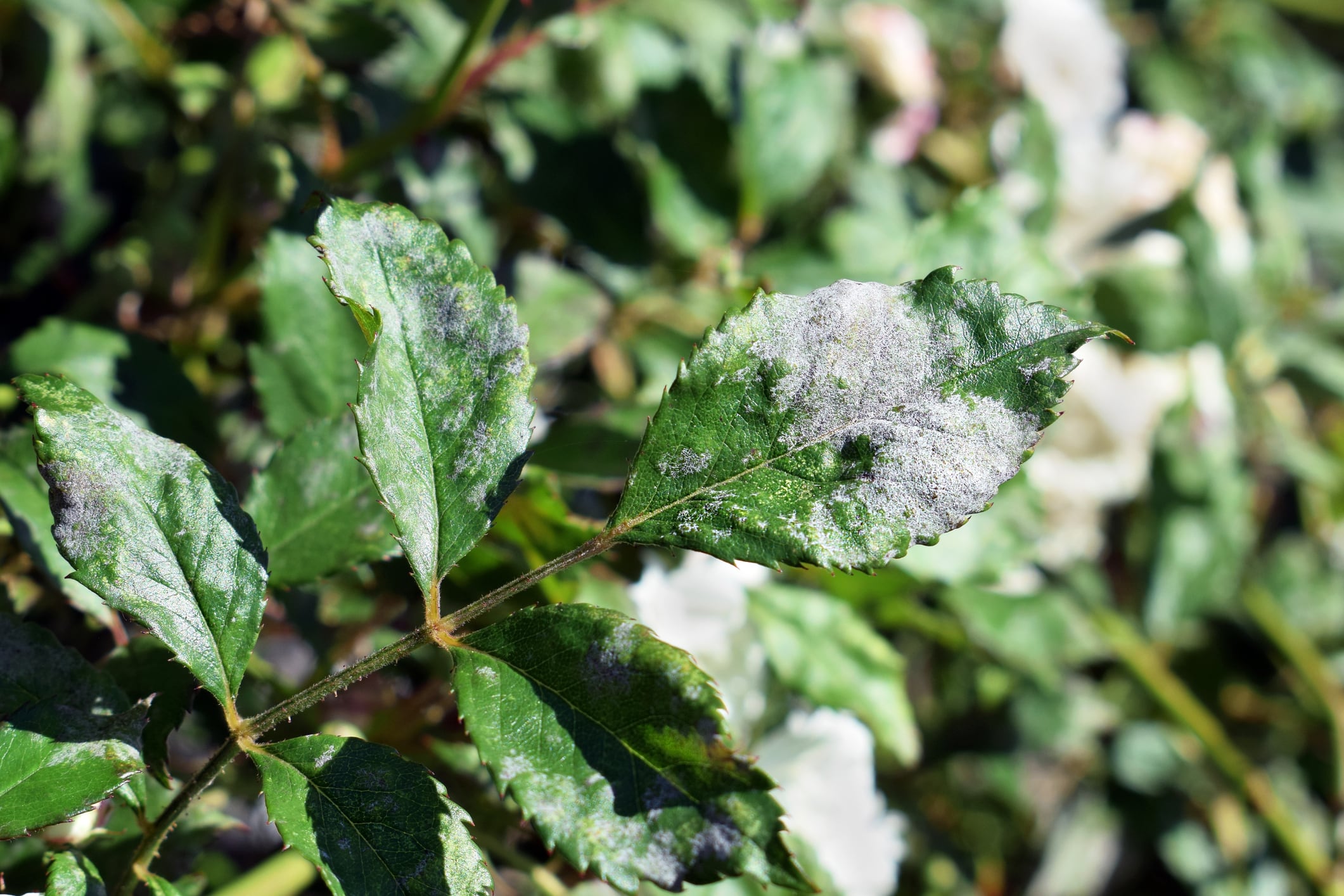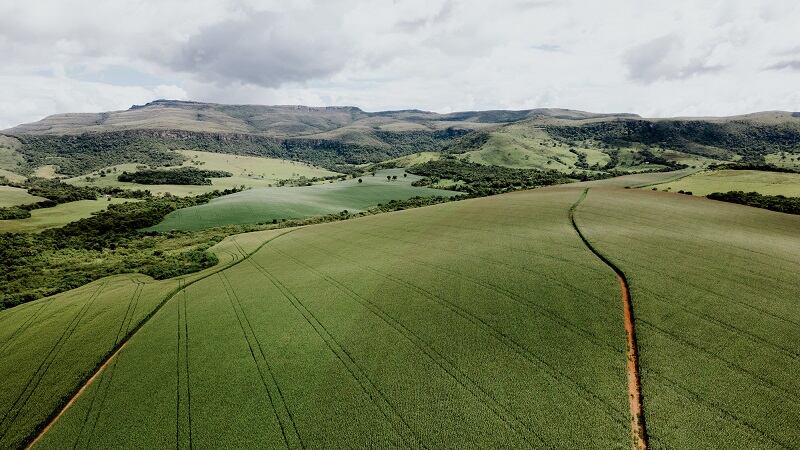Single-celled microorganisms are driving one of agriculture’s most promising biological innovations: a biofungicide derived from the lysate of the amoeba Willaertia magna C2c Maky. This novel solution has shown strong efficacy against fungal pathogens that devastate wheat and other cereals, while activating plants’ natural defence systems.
Syngenta Crop Protection and Lyon-based Amoéba have signed a Memorandum of Understanding to develop and commercialize this technology for cereals and field crops across the EU and UK. A definitive distribution agreement is targeted for spring 2026, with first sales on wheat expected in 2028.
Why Syngenta was drawn to Amoéba’s technology
For Syngenta, the attraction lies in the product’s dual mode of action – a rarity among biocontrols, according to Jean-Marc Petat, Amoeba board member and the new managing director of Green 4 Agro – Amoéba’s subsidiary dedicated to the commercialisation and development of its biocontrol and biostimulant solutions. He told AgTechNavigator that the amoeba lysate delivers:
- Direct fungicidal activity: Proven anti-germinative effects on pathogens such as Septoria tritici, rusts, and Fusarium strains.
- Plant defence elicitation: Activation of defence genes, including PR proteins, confirmed across multiple crops.
This combination makes the product primarily preventive, helping farmers protect crops before infection while offering some post-infection limiting effects. Importantly, it integrates seamlessly into existing programmes, supporting IPM strategies and resistance management. “The objective is to offer growers a complementary solution that enhances the performance and sustainability of existing crop protection programmes,” Petat said.
A solution for Europe’s wheat disease
Septoria tritici blotch (STB) and yellow rust remain two of the most economically damaging wheat diseases in Europe and the UK, affecting up to 12 million hectares annually. In Germany alone, STB costs farmers €1.5 billion each year. With regulatory pressure shrinking the chemical toolbox and resistance eroding fungicide efficacy, Syngenta sees biologicals as critical to sustaining yields and quality.

Designed for farmer convenience
Amoéba’s product is easy to use, Petat continued, with a shelf life of two years; no special storage requirements and compatible for alternation or tank-mixing with conventional products
Residue-free and classified as low-risk, it also meets growing food chain protocols and sustainability demands.
Next steps and broader ambitions
EU approval for the active substance was granted in June 2025, and product-level authorizations are expected to proceed smoothly. Beyond cereals, Amoéba is exploring applications in orchards, bananas, potatoes, turf, and home gardens.
“The product is a powerful ally for farmers seeking to maintain strong disease control performance while complying with the increasing regulation pressure,” Jean-Marc Petat said.
Bottom line
Syngenta’s move signals a major vote of confidence in amoeba-based biocontrols – positioning them as a powerful tool for resistance management and sustainable farming in an era of tightening regulations.




